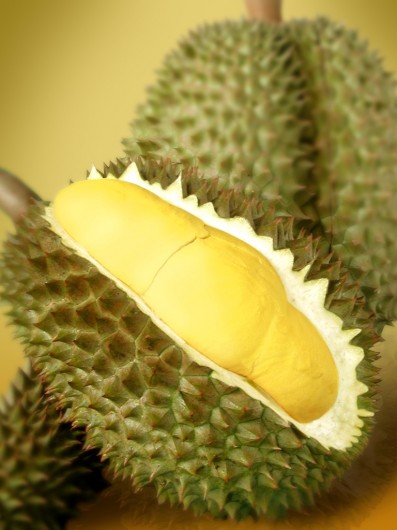15 Health Benefits of Grapefruit Juice
Grapefruit is naturally high in vitamin C, vitamin A, lycopene, pectin, limonoids, and also contains many other health boosting nutrients in varying amounts and the consequence of all this nutrients are the numerous health benefits of grapefruit juice. You are what you eat. Like with any nutrient dense natural food, consuming grapefruit will be far more beneficial to your health than the high fat, high salt, and empty calories of so many staples of the American diet. The evidence that this fruit can also help prevent or even improve a number of serious health issues is well documented in numerous formal studies. Below is a list of many of the health issues it is known to have a positive impact on, accompanied by a brief description.
A List Of Health Benefits Of Grapefruit Juice
Appetite control
Pectin and other nutrients in grapefruit help you feel full and satisfied. This can help you resist the temptation to snack on unhealthy junk food and thus help you stick to a generally healthier diet.
Hydration
The high water content combined with pectin and other nutrients helps keep you adequately hydrated. This also aids in appetite control since many people mistake thirst for hunger and then eat when they really need to just drink something.
Helps reduce fatigue
Many people find it helps combat a feeling of fatigue. This is most likely due at least in part to keeping you hydrated and also in part due to the fact it is a generally nutrient dense food. The general recommendation is to drink a mix of grapefruit and lemon juice just before bedtime.
Weight loss
In part because it helps control appetite and helps keep you hydrated, grapefruit is well known to aid in weight loss. It is also low in calories.
Stabilizes blood sugar levels
Pectin helps stabilize blood sugar. This is beneficial for anyone with any blood sugar disorder, including diabetes, cystic fibrosis related diabetes (CFRD), and functional hypoglycemia.
Liver tonic
It is known to help cleanse the liver, which can help the body cope more effectively with recovery from medication withdrawal, metal poisoning, and any other issue that puts stress on the liver.
Protects against prostate cancer
Numerous sources cite the benefits of naringenin in helping reduce the risk of prostate cancer. This substance is known to help the body repair damaged DNA, which is an important factor in this particular form of cancer. The high lycopene content is another reason it helps protect the body against developing prostate cancer.
Protects against colon cancer
The high levels of vitamin C are particularly helpful in reducing the risk of getting colon cancer.
Protects against other cancers generally
Grapefruit is rich in antioxidants which combat free radicals in the body, thus reducing the risk of developing cancers of all kinds.
Grapefruit helps protect against the flu and other viral infections
Grapefruit helps correct the PH balance of the body. Viral infections do not thrive in a body that has the correct PH value. Thus it helps protect against and kill off viral infections, including the flu and the common cold.
Helps protect against high cholesterol levels
It helps reduce blood levels of LDL (“bad”) cholesterol and thus slows the progression of atherosclerosis.
Helps prevent gallstones and kidney stones
A study in the “British Journal of Nutrition” found that grapefruit helps reduce the risk of forming calcium oxalate stones.
Helps alleviate the symptoms of various inflammatory disorders, some of which are quite debilitating conditions
This fruit has anti-inflammatory properties which helps relieve the symptoms of inflammatory conditions like rheumatoid arthritis and lupus. It’s positive impact on PH balance is one of the reasons it works as an anti-inflammatory.
Relieves arthritis
Helps the body remove inorganic calcium which can accumulate in the joints. This is a factor in arthritis. Arthritis is also an inflammatory condition, thus it also benefits from the various anti-inflammatory properties of this fruit.
Helps alleviate fever
It is helpful in bringing down fever and making you more comfortable during a fever, possibly due to improved hydration.
These were fifteen most common and well known health benefits of grapefruit juice. Since this juice is really easy to make and since grapefruits are easily obtainable there is no reason why you don’t make yourself a glass of fresh homemade grapefruit juice every once in a while.










